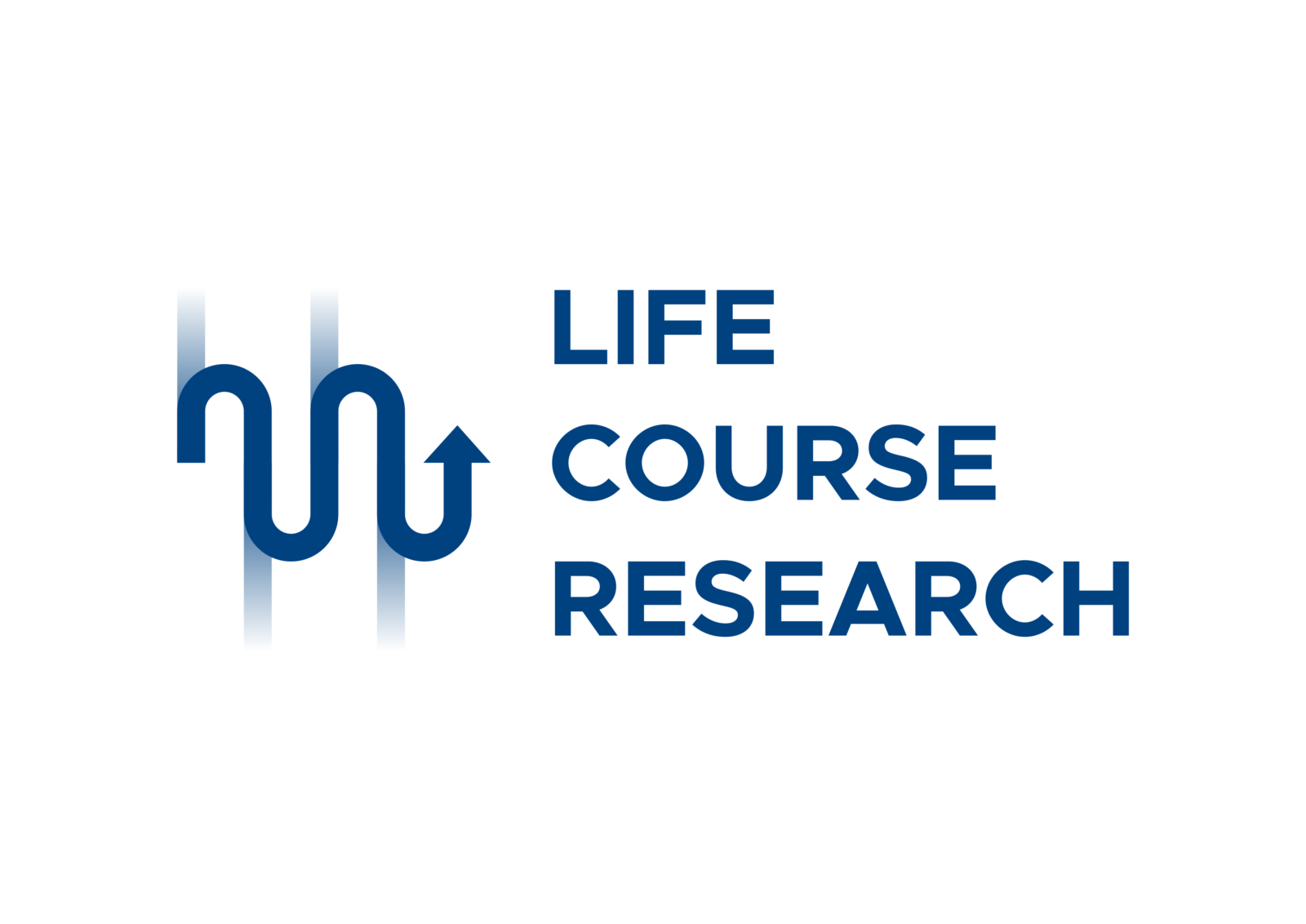Reference
Malik AH, Yandrapalli S, ET AL. Meta-Analysis of Direct-Acting Oral Anticoagulants Compared with Warfarin in Patients >75 Years of Age. Am J Cardiol. 2019;123(12):2051-2057. doi:10.1016/j.amjcard.2019.02.060
At a glance
A study published in the American Journal of Cardiology showed that in elderly people with atrial fibrillation, therapy with the new oral anticoagulant drugs (DOACs or NOACs) has superior efficacy in reducing stroke (as well as systemic embolization in general) when compared with standard warfarin-based anticoagulant therapy (VKA). Moreover, in addition to being effective, DOACs also have a good safety profile. Compared with VKA, DOACs have a similar rate of major bleeding but a significantly lower rate of intracranial hemorrhage – the most feared complication.
What is already known
We know that:
-
- Atrial fibrillation (AF) is a frequent condition in the elderly population. In fact, it is the most common arrhythmia (i.e., presence of irregular heart rhythm) in these individuals: as many as 10% of people over 75 years of age are affected;
- AF is conventionally divided into valvular or nonvalvular. There is no satisfactory or uniform definition for these two terms. The term valvular AF is related to rheumatic valvular disease (predominantly mitral stenosis) or the presence of mechanical heart valve prostheses; all other cases will fall into the much more common condition of nonvalvular AF (NVAF);
- All types of AF are associated with an approximately five times greater risk of stroke in patients who have it when compared to those who do not. For this reason, it is essential to adopt proper thrombo-embolic risk prevention strategies, the cornerstone of which is oral anticoagulant therapy;
- Until the discovery of DOACs a few years ago, the only drugs available for the anticoagulant treatment of patients with AF were the vitamin K antagonist drugs (so-called VKAs, of which warfarin is the earliest example). These VKAs, despite limitations related to pharmacokinetics, bioavailability, and therapeutic range maintenance, have been the drugs of choice;
- In recent years, the range of possible therapeutic strategies has been greatly strengthened by the addition of DOACs. DOACs have entirely different mechanisms of action from VKAs and have demonstrated good efficacy and safety, at least for the condition of NVAF. Until now, however, it had not been possible to extrapolate the results of randomized clinical trials to all real-world patients, and specifically to the subgroup of elderly patients.
Design and Methods
This meta-analysis included five randomized controlled trials that aimed to compare DOAC-based therapies (4 drugs evaluated: apixaban, dabigatran, rivaroxaban, edoxaban) or warfarin in the prevention of thromboembolic disease from NVAF. The analysis focused only on elderly patients (in this case defined as being over 75 years old) and involved 28,000 recruited subjects. Results were analyzed with respect to each of the two types of treatment regimens, both in terms of efficacy (defined by the reduction of stroke and systemic embolism) and safety (defined by the prevalence of major bleeding events and/or cerebral hemorrhages).
Main Findings
DOAC treatment of these subjects recruited with NVAF was associated with a better benefit/risk ratio than those treated with warfarin, in particular:
- DOACs as a group have higher efficacy than warfarin in reducing stroke or systemic embolization (hazard ratio HR 0.76, 95% confidence interval 0.67-0.86, p< 0.01);
- The overall rate of major bleedings was similar between DOACs and VKAs, but there were far fewer intracranial hemorrhages in patients randomized to a DOAC (HR 0.48, 95% confidence interval 0.34-0.67, p< 0.01) with the only exception of rivaroxaban;
- Apixaban was the only DOAC to significantly reduce all the three major adverse events tested in the study compared with warfarin (i.e., systemic embolization, major bleeding, and intracranial hemorrhage), respectively by 29%, 36% and 66%.
In summary, DOACs were found to be safer and more effective than traditional warfarin therapy for the treatment of NVAF in the older patient subgroup. Although this is a class effect, amongst DOACs apixaban is the drug that appears to provide the best combination of efficacy and safety in this population.
Limitations
The main limitation of this study is the absence of trials with head-to-head comparisons between the different DOACs. All comparisons between the DOACs can therefore only be indirect. However, it should be be kept in mind that it is extremely unlikely that direct comparisons will be made in the near future.
Other possible limitations that require caution when comparing the different studies include:
- The fact that one of the trials included in the meta-analysis used an open-label design (i.e., in which information is not hidden to study participants), unlike the other 4 studies;
- the fact that dabigatran has a slightly different mechanism of action than the other tested DOACs;
- the lack of important details on demographics and comorbidities in some studies.
What’s New
The most interesting aspect of this research is that it confirms, for the first time, the notable efficacy and safety profile of DOACs, even in subgroups of patients with extremely fragile AF, such as older individuals. Specifically, DOACs have been shown not to be inferior to warfarin in the prevention of stroke/systemic embolism, with a clearly better safety profile on intracranial hemorrhage (the most feared complication of anticoagulation).
In practical terms, this new information on the use of DOACs in elderly patients also suggests the possibility of future therapeutic improvements. Until now, despite its well-established efficacy in stroke prevention, standard warfarin therapy has always been substantially underutilized in this age group, mainly because of a perceived increased risk of bleeding. Increasing age also complicates this issue, with additional difficulties related to poor adherence, cognitive impairment, risk of falls, drug interactions, and polypharmacy. In this sense, although still not risk-free, DOACs appear very promising. They can be administered by mouth, are characterized by rapid onset and cessation of effects, reveal a low presence of dietary and drug interactions, and lack the need for routine monitoring.
What are the prospects
- Regarding research possibilities, the results obtained from this study suggest the need for future ad-hoc confirmatory studies that are dedicated only to older AF patients from the start. Although this meta-analysis is based exclusively on randomized controlled clinical trials, it is still a post hoc subgroup analysis, and therefore the results obtained so far should be considered a “hypothesis-generating” study;
- As mentioned earlier, it would also be desirable for studies dedicated to direct comparisons of the various DOACs in those elderly patients with AF be started soon. Although currently supported by online indirect evidence and requiring confirmation, the finding that apixaban is likely to be more cost-effective than the other commercially available DOACs seems important. Finally, DOACs indeed remain more expensive than warfarin. It therefore seems crucial to always consider the cost associated with these new therapies and choose those with the best pharmacoeconomic profile (including the costs attributable to adverse events).
By Carlo Smirne




